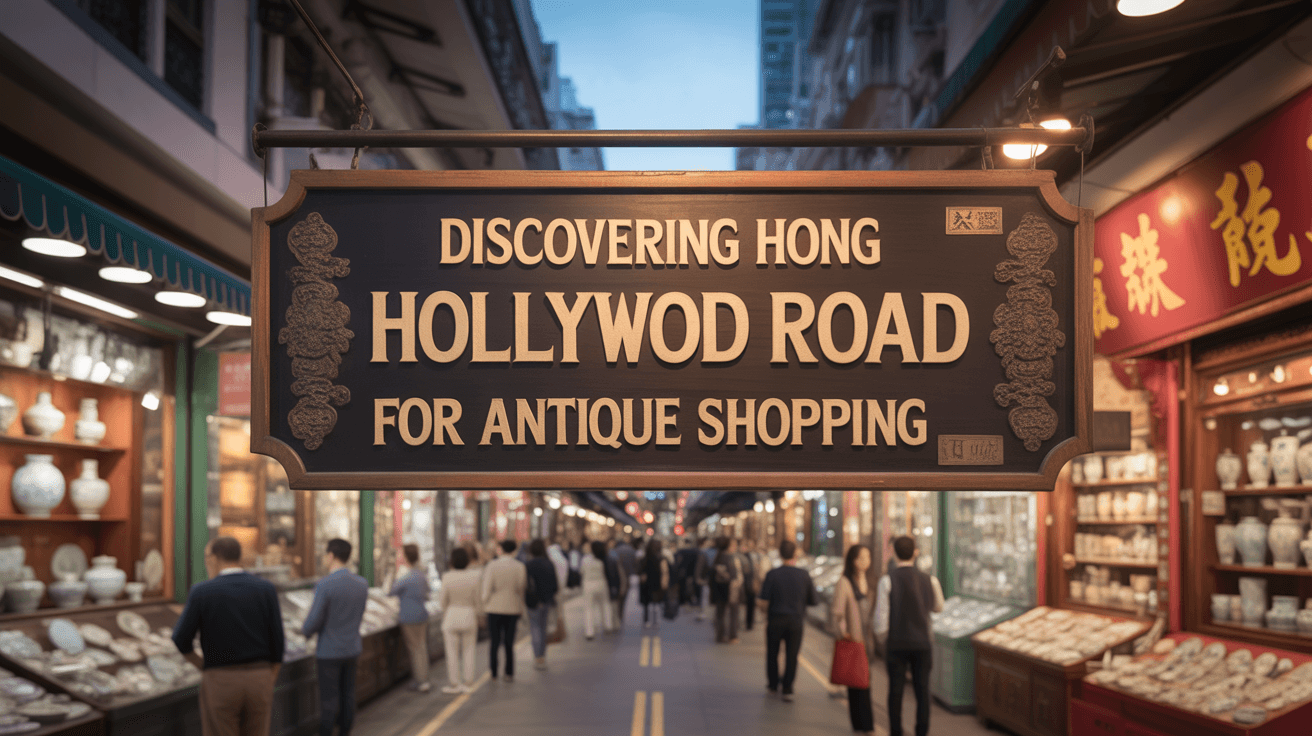Top 5 Historical Sites in China You Need to Visit
China’s history is a tapestry woven with ancient dynasties, imperial grandeur, and profound cultural shifts, making it an irresistible destination for history enthusiasts. The country’s **China ancient landmarks** and **China cultural heritage** stand as testaments to millennia of innovation, philosophy, and artistry, drawing travelers eager to explore **iconic China history**. From towering walls that once defended empires to hidden mausoleums guarding eternal warriors, these sites offer immersive **historical China tours** that blend breathtaking architecture with timeless stories. Whether you’re wandering the misty peaks of sacred mountains or unraveling the mysteries of ancient capitals, China’s past comes alive in ways that inspire awe and reflection. At jusha.travel, we love sharing tips to make your China journey unforgettable—let’s dive into our top five must-visit historical sites that every traveler should experience.
### 1. The Great Wall of China: A Monument to Resilience
Spanning over 21,000 kilometers across northern China, the Great Wall is an unparalleled symbol of human ingenuity and endurance, designated a UNESCO World Heritage Site in 1987. As one of the most **China ancient landmarks**, this serpentine structure was built starting in the 7th century BC, evolving through dynasties like the Qin and Ming to defend against invasions. Hiking sections near Beijing, such as Mutianyu or Jinshanling, reveals unrestored watchtowers and undulating ridges that whisper tales of imperial ambition and nomadic threats.
For **historical China tours**, the wall offers dramatic viewpoints and cultural insights—imagine ancient soldiers patrolling these very stones. Spring or autumn visits avoid summer crowds, allowing for leisurely walks amid wildflowers and crumbling bricks. Fun fact: The wall’s construction involved over a million laborers, a feat of **China cultural heritage** that underscores the empire’s scale. Entry fees range from 40-65 CNY, with cable cars available for easier access. Pair your visit with a **historical China tour** from Beijing, and don’t miss the beacon towers for panoramic sunsets that capture the wall’s eternal vigilance.
### 2. The Forbidden City in Beijing: Imperial Splendor Unveiled
Nestled in the heart of Beijing, the Forbidden City was the imperial palace complex for nearly 500 years, home to 24 emperors from the Ming and Qing dynasties. This sprawling 72-hectare site, a UNESCO World Heritage gem since 1987, boasts over 9,000 rooms adorned with intricate woodwork, golden roofs, and courtyard gardens that exemplify **China cultural heritage**. Walking through its vermilion walls and marble halls feels like stepping into a living scroll of **iconic China history**, from the opulent halls of supreme harmony to the serene imperial gardens.
Visitors can explore the vast complex, which served as the political and ceremonial center of the Chinese empire. Audio guides (included in the 60 CNY entry fee) narrate tales of concubines, eunuchs, and emperors, bringing this architectural marvel to life. For a deeper dive, join a **historical China tour** focused on the Forbidden City’s hidden chambers or its collection of ancient artifacts in the Palace Museum. Winter mornings offer fewer crowds and a misty atmosphere that enhances its ethereal beauty—perfect for photography enthusiasts capturing the site’s grandeur.
### 3. The Terracotta Army in Xi’an: Eternal Guardians of the Qin Dynasty
Buried for over 2,000 years until their discovery in 1974, the Terracotta Army in Xi’an is a jaw-dropping testament to ancient craftsmanship and **iconic China history**. This UNESCO-listed site features over 8,000 life-sized soldiers, horses, and chariots from Emperor Qin Shi Huang’s mausoleum, each uniquely detailed to reflect the might of China’s first unified empire. Wandering the vast pits, you’ll marvel at the warriors’ individualized features—proof of the intricate artistry from the Qin Dynasty (221-206 BC).
A highlight of **China ancient landmarks**, the army reveals the emperor’s quest for immortality, with ongoing excavations uncovering new secrets. Tickets cost around 120 CNY, including access to the museum displaying bronze weapons and crossbow replicas. For **historical China tours**, opt for a guided excursion that includes Xi’an’s ancient city walls, blending military history with cultural immersion. Spring visits bring blooming peonies nearby, adding a poetic touch to this monumental site. The Terracotta Army not only showcases **China cultural heritage** but also reminds us of the enduring human drive for legacy and protection.
### 4. The Summer Palace in Beijing: Gardens of Imperial Retreat
Perched on the shores of Kunming Lake in northwest Beijing, the Summer Palace is a masterwork of Qing Dynasty garden design, built in 1750 as an imperial summer retreat. This expansive 290-hectare park, another UNESCO World Heritage Site (1998), features ornate pavilions, intricate corridors, and serene waterways that epitomize **China cultural heritage**. Stroll the Long Corridor, adorned with over 14,000 paintings depicting myths and landscapes, or boat across the lake to the Marble Boat—a lavish symbol of the Dowager Empress Cixi’s extravagance.
Known for its harmonious blend of nature and architecture, the Summer Palace served as a respite for emperors fleeing Beijing’s summer heat. Entry is 30 CNY (60 CNY for the full site), with boat rides adding 20 CNY—affordable for immersive **historical China tours**. Visit in autumn when the willow trees turn golden, enhancing the site’s tranquil beauty. For those tracing **iconic China history**, the park’s Marble Boat and Hall of Benevolence and Longevity reveal stories of intrigue and leisure among the Qing elite, offering a serene counterpoint to the Forbidden City’s intensity.
### 5. The Potala Palace in Lhasa: A Himalayan Fortress of Faith
Rising majestically above Tibet’s sacred landscapes, the Potala Palace in Lhasa is a UNESCO World Heritage Site (1994) and one of the world’s highest palaces at 3,700 meters. Constructed in 1645 by the Fifth Dalai Lama, this 13-story marvel combines Tibetan and Chinese architectural styles, serving as the winter residence of Dalai Lamas until the 1950s. As a pinnacle of **China cultural heritage**, it houses over 1,000 rooms filled with gilded statues, vibrant thangka paintings, and ancient scriptures that illuminate **iconic China history** through Tibetan Buddhism.
Climbing its steep stairways rewards with panoramic views of the Lhasa Valley and insights into spiritual traditions. Tickets are 200 CNY, with guided **historical China tours** providing context on the palace’s role in Tibetan governance and resistance. The Red Palace, with its golden roofs and grand halls, stands as a beacon of enlightenment amid the Himalayas. For travelers, visiting during the Tibetan New Year (Losar) in February-March adds vibrant festivals to your exploration. The Potala not only preserves **China ancient landmarks** but also embodies the harmonious fusion of art, faith, and nature in the rooftop of the world.
In conclusion, these five sites—from the Great Wall’s unyielding strength to the Potala Palace’s spiritual heights—represent the pinnacle of **China ancient landmarks** and **China cultural heritage**. They invite you to step into **iconic China history** through immersive **historical China tours**, revealing stories of emperors, warriors, and enlightened souls that shaped a civilization. Whether hiking restored walls or ascending Himalayan steps, each destination offers a profound connection to China’s past. Plan your journey with us at jusha.travel for tailored tips, itineraries, and insider stories to make your adventure truly unforgettable. What’s your favorite historical site in China? Share your thoughts below—we’d love to hear from you!




